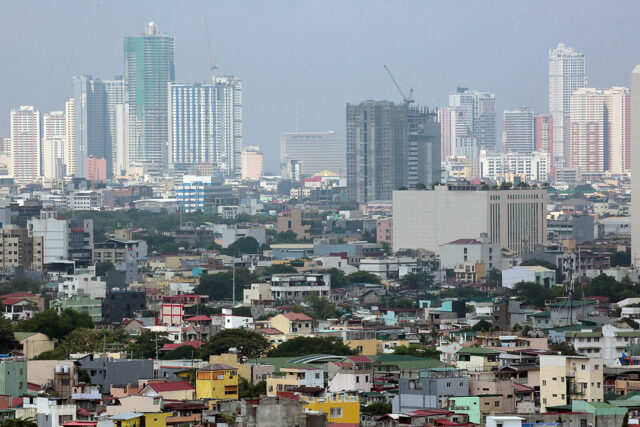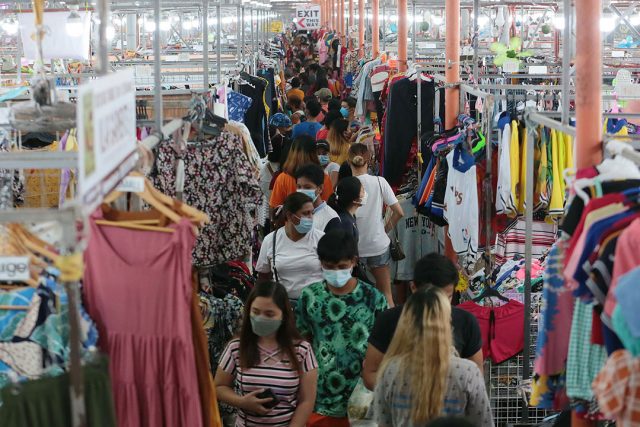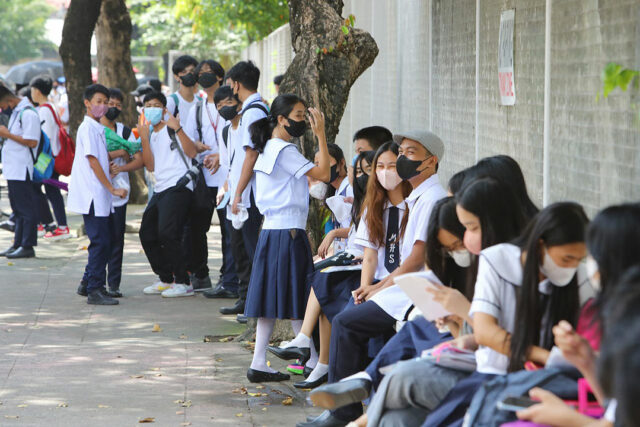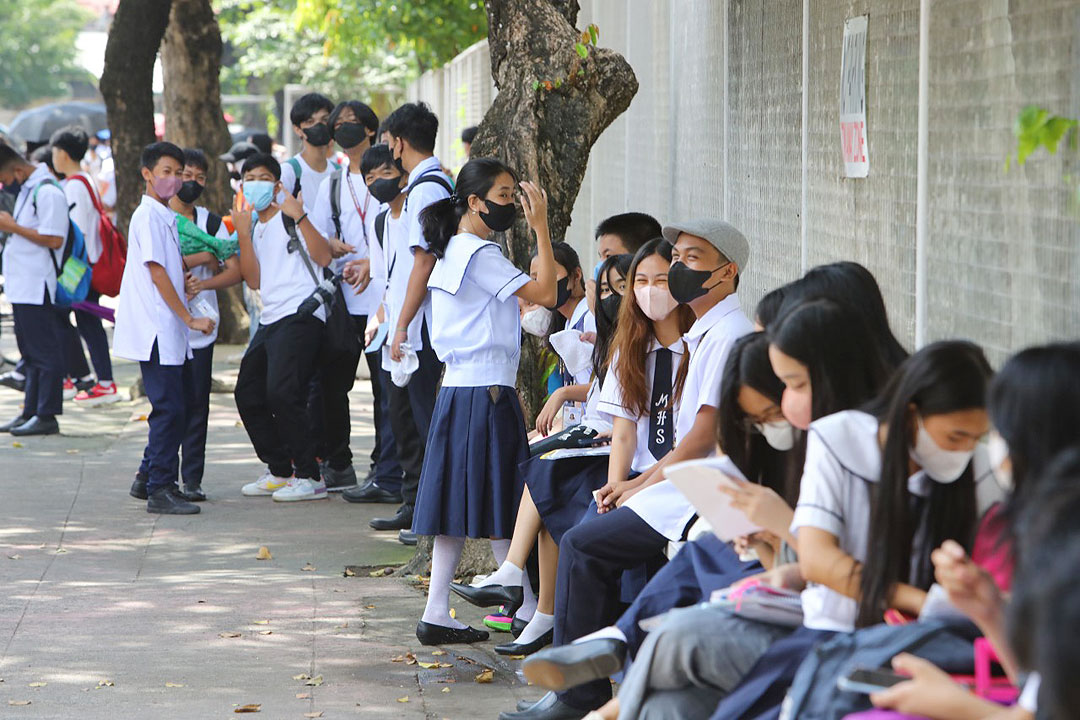TOKYO, Feb 17 (Reuters) – For Prime Minister Fumio Kishida, Japan’s next central bank chief had to symbolize a departure from the unconventional policies of his predecessor Shinzo Abe – but without angering pro-growth lawmakers of Abe’s powerful political faction.
The tricky task of steering the Bank of Japan (BOJ) out of years of ultra-low interest rates without upending markets required the skill to read markets and clearly communicate policy intentions, both domestically and internationally.
Kazuo Ueda, a 71-year-old university professor who has kept a low profile despite strong credentials as a monetary policy expert, ticked some important boxes.
He was branded neither an explicit dove nor hawk. While he was not even on the list of dark horse candidates floated by the media, Ueda was well known in global central bank circles.
Having an academic helm the BOJ is unprecedented in Japan, where the job traditionally rotates between a central banker and an official from the Ministry of Finance (MOF).
But the idea found traction in Mr. Kishida’s administration, particularly as attempts to convince incumbent deputy governor Masayoshi Amamiya, considered the top contender for the job, failed.
The account of how Mr. Kishida chose the new BOJ leadership is based on interviews and conversations with 15 sources, including former and incumbent central bank and government officials, ruling camp lawmakers, aides of Mr. Kishida, private-sector bankers and analysts closely watching Japanese politics and policy.
Most of them spoke on condition of anonymity as they were not authorized to speak publicly, or declined to comment on record due to the sensitivity of the matter.
The search for a new chief began mid-last year, when Mr. Kishida and his aides drafted a list including a range of candidates from the BOJ, MOF, private sector and academia.
Other academics in the list included Columbia University professor Takatoshi Ito, a close associate of Kuroda, and University of Tokyo academic Tsutomu Watanabe, known for his research on Japan’s deflation.
The BOJ lobbied hard for a career central banker to take the job after Kuroda, a former MOF executive, presided for a rare second, five-year term that ends in April.
The bank’s preferred choices were incumbent deputy governor Amamiya, as well as former deputies Hiroshi Nakaso and Hirohide Yamaguchi, given their deep knowledge on monetary policy.
Many finance ministry officials favored Amamiya, who for decades has cultivated good ties with the government.
But Amamiya had made clear to associates from the outset he had no intention of taking the job, on the view he would not be able to dismantle the stimulus he helped Kuroda create, sources say.
“If he becomes governor, he would have had to spend five years contradicting what he said in the past decade,” said a former MOF executive who knows Amamiya well. “That’s quite hard.”
A commercial bank executive who met him late last year recalled how Amamiya, when asked, flatly denied the chance of becoming governor. “It struck me how he very strongly ruled out the possibility,” the executive said.
Amamiya, in fact, talked about how the BOJ needed to be like the US Federal Reserve, where academics with monetary policy expertise take the helm and guide policy with support from staff, say people who had interactions with him.
Mr. Kishida’s administration also wanted someone who would signal a departure from Kuroda’s monetary experiment that was a key part of his predecessor’s “Abenomics” stimulus policies, and became deeply unpopular with the public for failing to broadly distribute wealth.
But choosing a more hawkish policymaker like Nakaso or Yamaguchi would have drawn discontent from reflationist-minded lawmakers from Mr. Abe’s powerful faction within the ruling Liberal Democratic Party (LDP).
That was too risky for Mr. Kishida, whose own faction is a minority and relies on support from more powerful groups within the LDP.
The choice of Kuroda’s successor has been closely watched by investors and the wider public as an indication of how soon the BOJ will shift away from extremely low interest rates, a transition that could have huge ramifications for global financial markets.
“The prime minister probably wants a fresh face. But he also needs to avoid giving the impression that there will be a big change to ultra-loose policy,” ruling party heavyweight Akira Amari told Reuters days before news of Ueda’s choice broke.
When asked in parliament on Wednesday by an opposition lawmaker, Mr. Kishida said he could not comment on how he reached the decision, and when he finalised it. He also declined to comment on whether the administration sounded out Amamiya for the job.
Mr. Kishida, however, said he had “exchanged views” with many people since last year in selecting the new BOJ leadership.
The BOJ declined to comment for this story, including on questions about Amamiya’s consideration of the role. Japan’s top government spokesperson Hirokazu Matsuno declined to comment, when asked on Thursday whether the government sounded out Amamiya for the top BOJ job.
Matsuno said he hoped the BOJ works closely with the government and guides monetary policy flexibly, when asked whether Ueda’s appointment could lead to a retreat from Abenomics.
POLITICAL BALANCING ACT
Thanks in part to Amamiya’s recommendation, Ueda remained on a short list and eventually became the top choice in a process that was disclosed to only a handful of people.
On Feb. 8, Mr. Kishida met party heavyweights Toshimitsu Motegi and Taro Aso for dinner at a high-end Japanese restaurant near the premier’s official Tokyo residence.
While Mr. Kishida did not reveal the name of his preferred choice, the BOJ succession was among topics discussed, said two sources with knowledge of the matter.
“The government needed someone who understood monetary policy both in terms of practice and theory, and can interact with an inner circle of top central bankers,” one of the people said. “That turned out to be Mr. Ueda.”
The fact Ueda, who holds a PhD from the Massachusetts Institute of Technology and studied under prominent central banker Stanley Fischer, kept a low political profile and avoided being branded as someone in favor or against Abenomics, served him well.
While he warned of the rising cost of the BOJ’s yield control policy, Ueda has called for the need to keep monetary policy loose to ensure Japan stably achieves the bank’s 2% inflation target.
The view meshed with that of Kishida’s administration, which wants the BOJ to address the side-effects of yield curve control but not rush into tightening monetary policy.
“Amamiya was labelled as close to Abenomics. By contrast, Ueda has a fresh image and gives the BOJ a freer hand in shifting away from Abenomics,” said a ruling party heavyweight belonging to Abe’s faction.
Political commentator Atsuo Ito sees Kishida’s decision as symbolic of the way his administration gives due consideration to what lawmakers of Abe’s pro-growth faction think.
“For Kishida, this choice was about getting the political balance right,” he said.
NEW POWER DYNAMICS
Mr. Kishida’s choice was welcomed by many BOJ policymakers, as Ueda was no stranger to the institution and a quiet cheer-leader of its pre-Kuroda conventional policies.
During his seven-year stint as a BOJ board member, Ueda worked closely with Amamiya inventing new tools to combat a banking crisis and debilitating deflation.
Even after retiring as board member, Ueda kept close ties with the BOJ by serving as an adviser at its think tank and attending various international central bank forums.
“He’s something of a legend in Japanese central banking,” said a BOJ official of Ueda. “He stood out as someone special among the many members who served at its board.”
Knowing they would have little influence on Mr. Kishida’s final pick, BOJ officials had a backup plan in case the new governor was someone from outside the institution.
That was to re-appoint BOJ executive director Shinichi Uchida for a rare, second four-year term in April last year to ensure he would slide into the deputy governor post.
That would provide the new leadership with the kind of knowledge of the BOJ’s inner bureaucracy for which Amamiya was known.
Together with Ryozo Himino, the other nominated deputy and a former banking regulator, the three should have the right combination of theoretical, industry and technocratic expertise to unwind Kuroda-era policy, say sources familiar with the BOJ’s thinking.
However, none of the three are seen as having the political savviness of Amamiya, who could read the political mood and work behind the scenes to sound out the administration’s policy views.
That could work as a disadvantage if the economy takes a turn for the worse and the BOJ again comes under political heat.
Already, Japan faces headwinds from slowing global growth, casting doubt on whether wages will rise enough to keep inflation sustainably around the BOJ’s 2% target and justify phasing out stimulus.
“If the BOJ actually moves toward normalizing monetary policy, there will surely be some political tension because the reflationist-minded lawmakers will push back,” said Atsuo Ito.
“A policy reversal will probably take quite a long time.” — Reuters


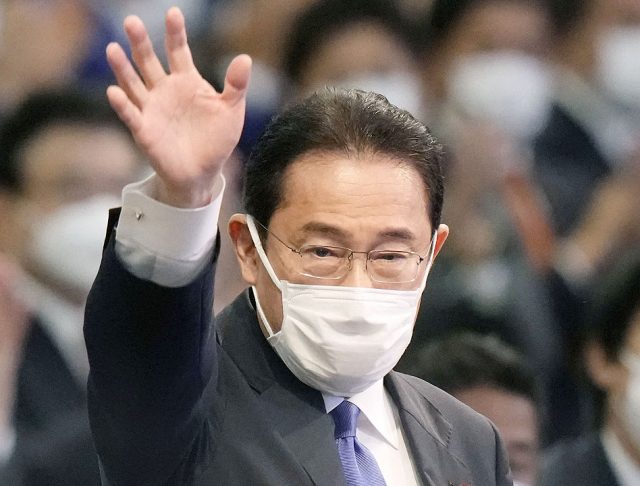







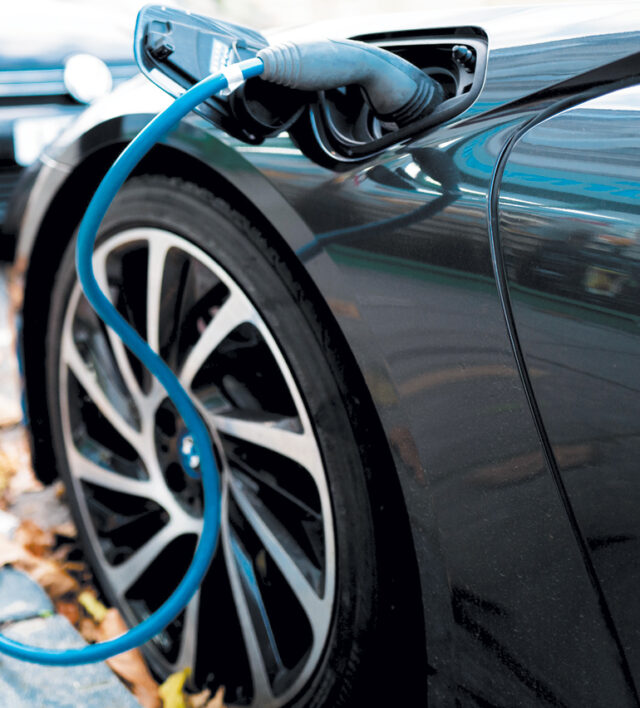




 The two legislators served as guests during the opening ceremony of this year’s celebration with the theme, “Tahanang sapat para sa lahat (Adequate homes for all)” at the DHSUD Central Office in Quezon City. They were recognized, together with Bacolod Mayor Alfredo Abelardo Benitez, former Rep. Jose Christopher “Kit” Belmonte, former House Speaker Feliciano “Sonny” Belmonte, Jr. and other sectoral stakeholders, for their significant contribution in the creation of DHSUD.
The two legislators served as guests during the opening ceremony of this year’s celebration with the theme, “Tahanang sapat para sa lahat (Adequate homes for all)” at the DHSUD Central Office in Quezon City. They were recognized, together with Bacolod Mayor Alfredo Abelardo Benitez, former Rep. Jose Christopher “Kit” Belmonte, former House Speaker Feliciano “Sonny” Belmonte, Jr. and other sectoral stakeholders, for their significant contribution in the creation of DHSUD.